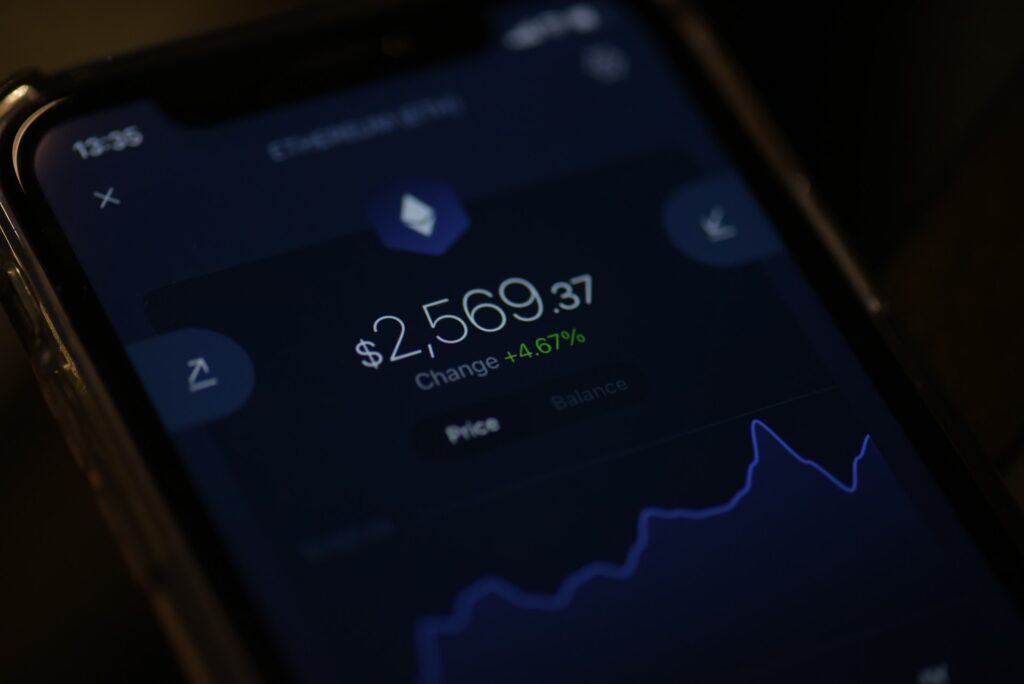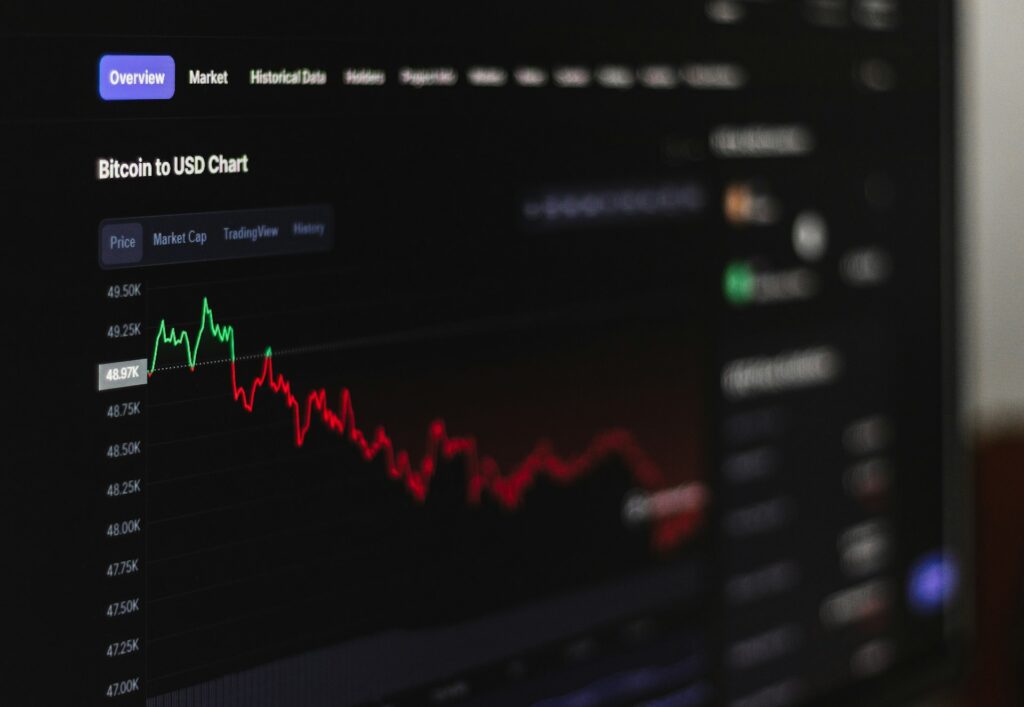In 2025, the NFT world is buzzing with new opportunities and trends!
The gaming industry is integrating NFTs, making gaming experiences more interactive and exciting. Hybrid NFTs are becoming popular, combining unique digital ownership with ways to earn money. Phygital NFTs are also on the rise, connecting physical items with digital assets for a richer customer experience.
Moreover, dynamic NFTs are evolving, allowing collectors to engage in fresh ways. There’s a growing focus on how NFTs can generate passive income, with investors looking at methods like staking and fractional ownership.
Overall, the NFT market is expanding beyond just digital art, offering diverse applications that redefine ownership and income potential across various fields!
What are the pros and cons of NFTs?
| Pros | Cons |
|---|---|
| Easy access and ownership: The NFT market is accessible globally, allowing anyone to buy, sell, and trade digital assets easily. | Volatility and illiquidity: NFT prices can be highly volatile, making it risky for investors, especially during market fluctuations. |
| Security and authenticity: Blockchain technology ensures the security and authenticity of NFTs, making them difficult to counterfeit. | Environmental concerns: The energy consumption of some blockchain networks raises concerns about the environmental impact of NFTs. |
| Potential for royalties: Artists can earn ongoing royalties whenever their NFTs are resold, creating a new revenue stream. | Fraud and counterfeits: The NFT space has seen cases of fraud, where unauthorized individuals create fake NFTs. |
| Fractional ownership: NFTs can enable fractional ownership of high-value assets, allowing more people to invest in them. | Lack of regulation: The NFT market currently operates with limited regulation, increasing the risk of scams and disputes. |
| Immutability: NFTs are unique and cannot be altered, providing a level of trust in their authenticity. | Speculative nature: The NFT market is largely speculative, with values based on sentiment rather than intrinsic worth. |
Diving into the advantages and disadvantages of NFTs in 2025
Advantages: NFTs witness a tremendous boom
- Growing market demand: The NFT market is showing signs of recovery, with a total sales volume exceeding $65 billion; this rebound suggests strong investor interest as more practical applications emerge.
- Utility beyond collectibles: NFTs are evolving to include utility features, such as access to exclusive content or events. For instance, the Bored Ape Yacht Club offers unique benefits to holders, including access to exclusive events like ApeFest.
- Tokenization of real assets: NFTs allow fractional ownership of real-world assets, making high-value investments accessible. For example, the tokenization of real estate could open a $16 trillion market by 2030, democratizing access to property investments.
- Integration in various industries: Major brands, including Nike and Starbucks, are integrating NFTs into their business models, enhancing customer engagement and loyalty through exclusive digital offerings.
- Strong performance in the gaming sector: NFTs are transforming the gaming industry by giving players true ownership of in-game assets. This shift has led to significant revenue growth for blockchain-based games.
- Artist empowerment: NFTs are revolutionizing how artists monetize their work. For instance, 3LAU generated $11.6 million by selling an NFT album, showcasing how artists can leverage NFTs for significant earnings.
- Resilience against market volatility: Despite fluctuations in the cryptocurrency market, NFTs have maintained their value as alternative investments, offering unique opportunities for diversification within investment portfolios.
Disadvantages: Tread with caution
Here are seven disadvantages of NFTs in 2025, presented alongside their corresponding advantages to provide a balanced view:
- Market volatility; While the NFT market has shown growth, it is characterized by significant price swings. For example, despite a total sales volume exceeding $65 billion in 2023, the market experienced a nearly 70% drop from 2021 to late 2022. This volatility can deter conservative investors.
- High transaction fees; The potential for high returns in NFT investments can be diminished by excessive gas fees on platforms like Ethereum, which can reach hundreds of dollars during peak demand. This creates a barrier for smaller investors looking to enter the market.
- Legal and regulatory uncertainty; As brands like Nike and Starbucks embrace NFTs, the evolving regulations could introduce risks. If NFTs are classified as securities, they may face stringent regulations that affect marketability. Investors need to be aware of these potential legal challenges.
- Illiquidity; NFTs may offer unique ownership experiences and community benefits, but the market’s limited liquidity can make selling challenging. Finding buyers at desired prices can take time, highlighting the necessity for patience in the investment.
- Technological risks; As the NFT space expands, so do the risks associated with it. While NFTs empower artists and offer new revenue streams, the risk of hacking and loss of digital wallets poses challenges. For example, if you lose access to your wallet, your NFTs could be irretrievably lost.
- Environmental concerns; The energy consumption associated with minting and trading NFTs can conflict with the growing demand for sustainable investments. Although brands are exploring eco-friendly alternatives, such as moving to proof-of-stake systems, the environmental impact remains a concern.
- Ownership vs. Control; While NFTs provide verifiable ownership, they don’t necessarily confer full control over the underlying asset. For example, owning an NFT does not grant rights to reproduce the artwork, illustrating a gap between ownership and usage rights.
Are NFTs relevant in 2025?
NFTs remain a mixed bag in 2025. While the initial hype has waned since its peak in 2021, there are still opportunities for profit, particularly with rare pieces and established brands entering the space.
The NFT market is projected to grow, but at a much slower rate than in previous years—expected revenues for NFT marketplaces will rise to $2.37 billion in 2025, marking a significant decline in growth compared to earlier periods.
On one hand, NFTs continue to show potential for artists and collectors, allowing for unique investment opportunities. On the other hand, many NFTs remain unprofitable, suggesting a cautious approach for new investors. The technology behind NFTs still holds promise, but their overall appeal seems to be cooling!
Now that you understand the pros and cons of NFT, remember that it isn’t the only source of passive income. You can also generate a regular income from cryptocurrency investments.
With over five years of experience in the tech industry, Kazim excels at simplifying complex topics, making them accessible to tech enthusiasts and general readers alike. He has contributed to several renowned publications worldwide, including WindowsReport and Allthings.how, bringing insightful coverage of key developments in the field.
When he’s not writing, you’ll find Kazim planning weekend getaways or diving into tech verticals beyond his expertise.




